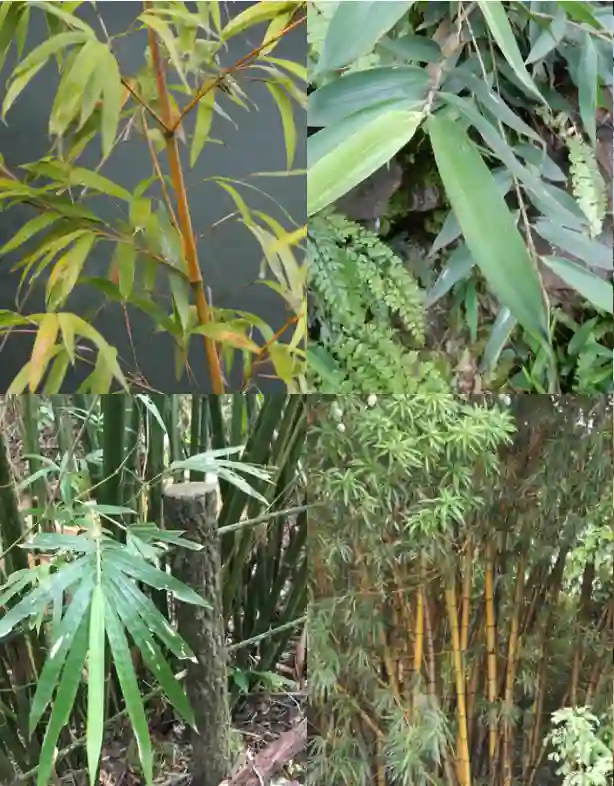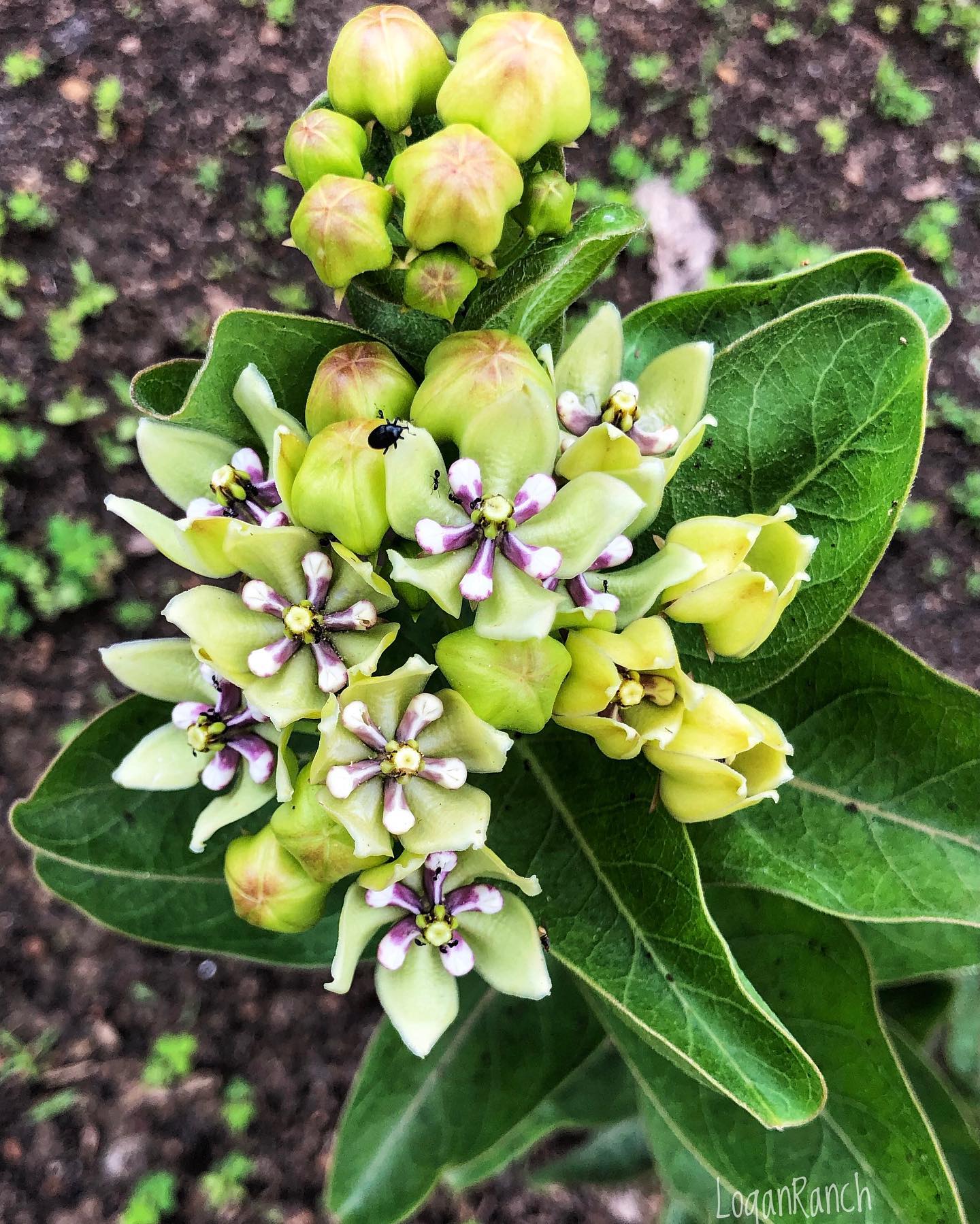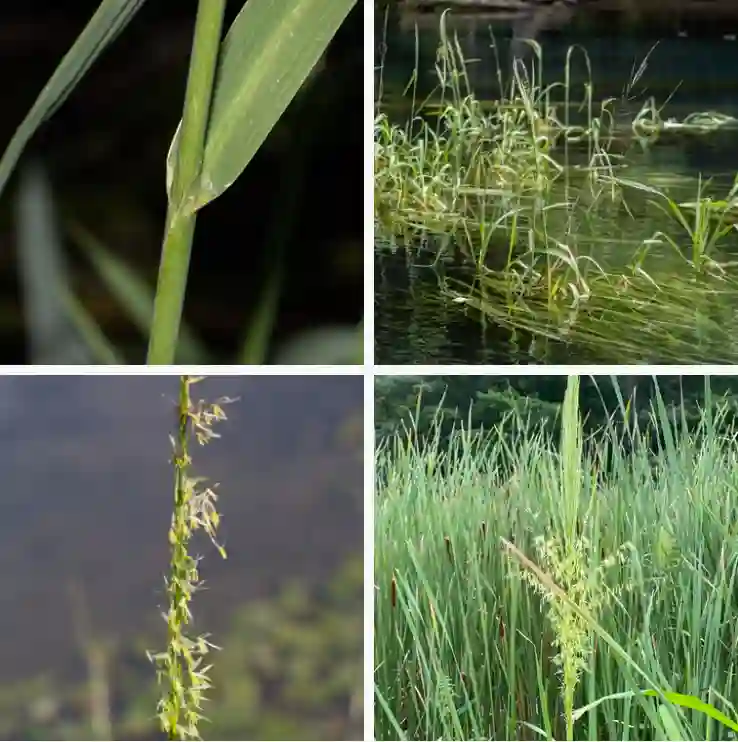Veratrum: A Plant Genus That Demands Respect
My name is Ferb Vu, and I’ve always been drawn to the more peculiar corners of the natural world. While roses and lilies have their charm, it’s the unusual, the overlooked, and sometimes even the dangerous plants that truly capture my attention. That’s how I became fascinated by Veratrum, a genus of plants that are as beautiful as they are toxic.
Veratrum belongs to the Melanthiaceae family and is commonly known as false hellebore. This name, however, is a bit misleading. While they might slightly resemble hellebores, they are not closely related. They’re also called corn lilies, though they have no relation to corn or lilies either. These common names highlight the plant’s tendency to be mistaken for other, more benign species, which can have serious consequences.
A Closer Look at Veratrum
These robust perennials thrive in damp meadows and woodlands throughout the temperate and subarctic regions of the Northern Hemisphere. They’re characterized by their erect stems, prominently veined leaves, and panicles of white or brown flowers. But beneath this seemingly innocent exterior lies a potent secret: all parts of the plant, especially the roots, contain highly toxic alkaloids.
These alkaloids, primarily veratridine and jervine, can cause a range of unpleasant symptoms if ingested, including nausea, vomiting, abdominal pain, and even heart problems. In severe cases, Veratrum poisoning can be fatal. This toxicity has historically led to the plant’s use in both medicine and, unfortunately, as a poison.
Species within the Veratrum Genus
The Veratrum genus is surprisingly diverse, boasting over 26 recognized species. Here are:
- Veratrum album (White Hellebore): Veratrum album, known as White Hellebore, is a striking perennial found across Europe and Asia in alpine meadows and grasslands. Its tall, unbranched stems can reach up to 1.5 meters and bear spires of densely packed white to greenish-white flowers. The leaves are broad, pleated, and have a lush, almost tropical appearance. All parts of the plant are toxic due to high alkaloid content, making it important for medicinal use in traditional practices but hazardous if ingested by humans or animals. Its natural compounds have been historically utilized in folk medicine, though modern use is limited due to its toxicity.
- Veratrum californicum (California Corn Lily): Native to the wet mountain meadows of western North America, Veratrum californicum, or California Corn Lily, is a herbaceous perennial known for its tall, striking clusters of greenish-white flowers that can grow up to 2 meters high. The plant has broad, pleated leaves that create a lush, ornamental presence in the wild. This species, like others in the Veratrum genus, contains potent alkaloids, making it toxic if ingested. Notably, Veratrum californicum has been the focus of research for its cyclopamine content, a compound with potential medical applications in cancer treatment, underscoring the plant’s scientific and pharmacological interest.
- Veratrum nigrum (Black Hellebore): Veratrum nigrum, or Black Hellebore, is an elegant perennial native to Europe and Asia, thriving in moist, well-drained woodland areas. Unlike other Veratrum species, it features dark purple to nearly black flowers, arranged in tall, branching spikes that make it an unusual garden specimen. The foliage is broad and ribbed, with a glossy green surface that enhances its visual appeal. Though toxic, Veratrum nigrum has historically been used in herbal medicine, though extreme caution is warranted due to its poisonous properties. Its unique dark blooms offer striking contrast in naturalized and ornamental settings.
- Veratrum viride (American False Hellebore, Indian Poke): Found in moist, shaded areas across North America, Veratrum viride, also known as American False Hellebore or Indian Poke, is a tall, robust perennial with dense spikes of yellow-green flowers. Its large, pleated leaves create a dramatic presence, growing in clumps and providing ground cover in wild landscapes. All parts of the plant are highly toxic and were traditionally used by Indigenous people with careful preparation for various medicinal purposes, though modern use is rare due to its strong alkaloids. Veratrum viride is visually impactful, adding height and texture to damp, shaded garden settings where its toxicity can be safely managed.
- Veratrum albiflorum Tolm.
- Veratrum anticleoides (Trautv. & C.A.Mey.) Takeda & Miyake
- Veratrum californicum Durand
- Veratrum dahuricum (Turcz.) O.Loes.
- Veratrum dolichopetalum O.Loes.
- Veratrum fimbriatum A.Gray
- Veratrum formosanum O.Loes.
- Veratrum grandiflorum (Maxim. ex Miq.) O.Loes.
- Veratrum insolitum Jeps.
- Veratrum lobelianum Bernh.
- Veratrum longebracteatum Takeda
- Veratrum maackii Regel
- Veratrum maximum (Nakai) M.N.Tamura & N.S.Lee
- Veratrum mengtzeanum O.Loes.
- Veratrum micranthum F.T.Wang & Tang
- Veratrum oblongum O.Loes.
- Veratrum oxysepalum Turcz.
- Veratrum schindleri O.Loes.
- Veratrum shanense W.W.Sm.
- Veratrum stamineum Maxim.
- Veratrum taliense O.Loes.
- Veratrum × tonussii Poldini
The Importance of Respecting Veratrum’s Power
My fascination with Veratrum stems not from a desire to exploit its properties but from a deep respect for its power. In a world where we often seek to control and dominate nature, Veratrum serves as a potent reminder of the wildness that still exists. It’s a plant that demands our attention and respect, reminding us that beauty and danger can coexist.
While I appreciate the historical and potential medicinal uses of Veratrum, I strongly advocate for caution and responsible interaction. This is not a plant to be trifled with. Its beauty is best admired from a distance, leaving its potent properties to the experts who can harness them safely and effectively.
If i die, water my plants!



